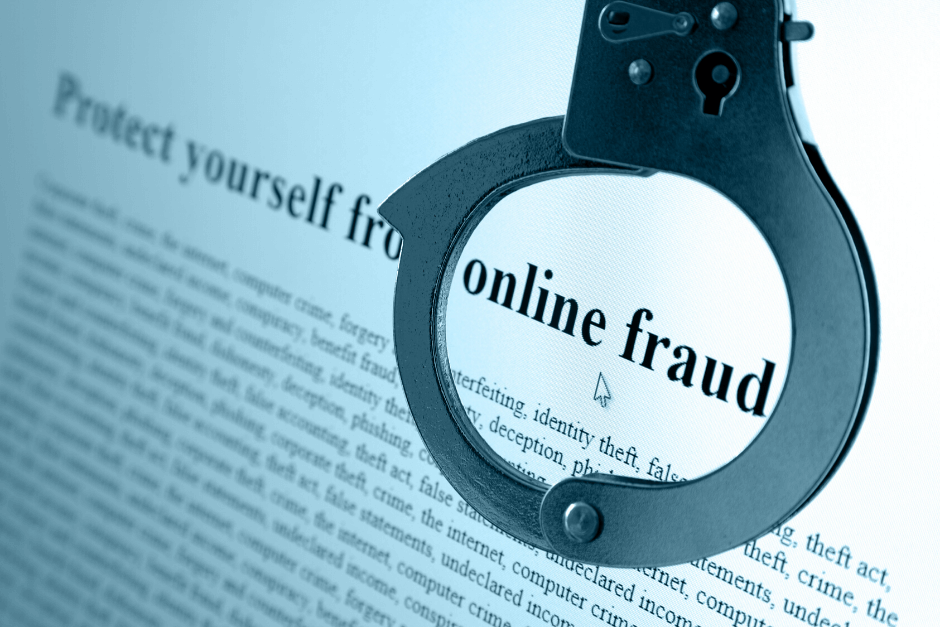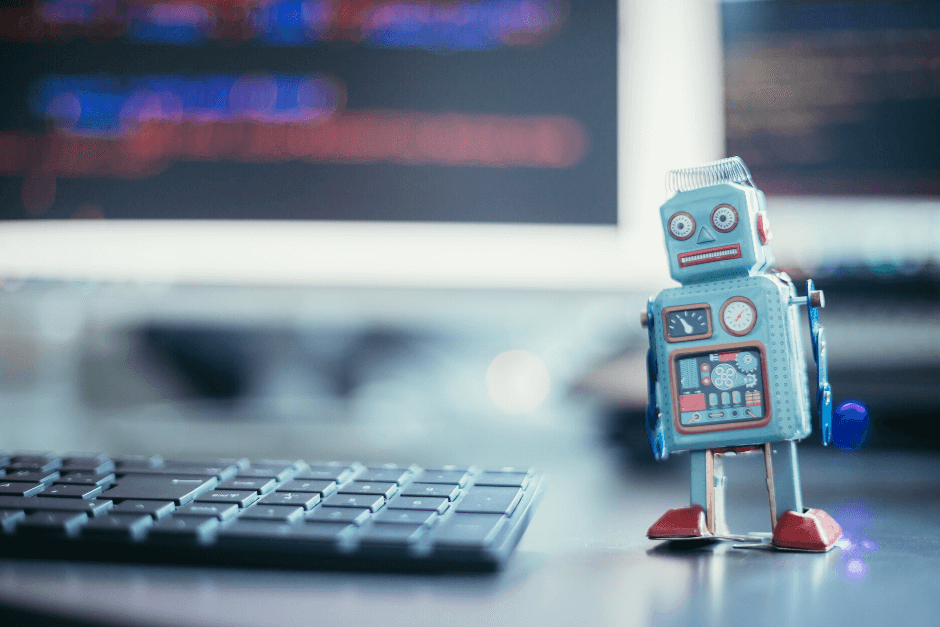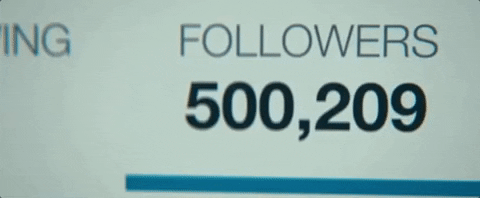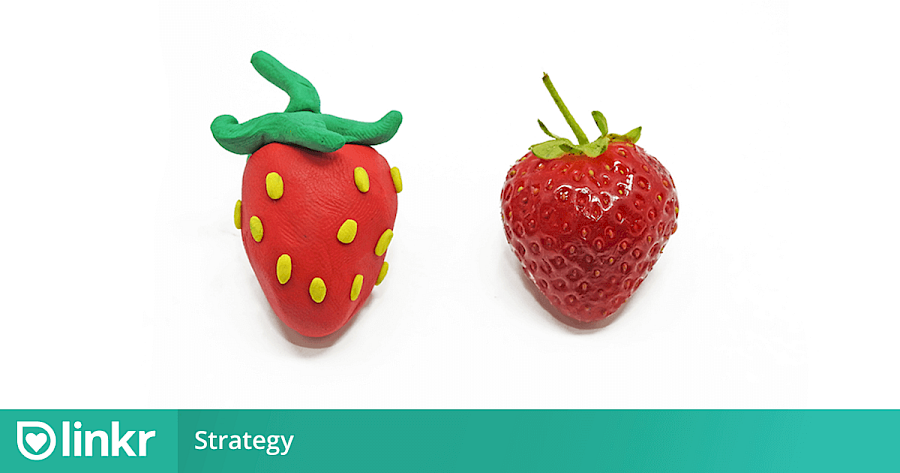When brands discovered the fantastic power of influencers in promoting products and services directly or indirectly, almost all businesses have joined the bandwagon. Companies talking to influencers and convincing them to feature their products became a common thing. This caused a new problem - the rise of fake followers.
People buy followers to appear more important than they actually are. Sometimes, they do this to fill their ego. Some do it for more insidious reasons, like attracting companies to partner with them, hence earning undeserved money in the process. This is happening on all platforms - Facebook, Twitter, Instagram, YouTube, Snapchat. You name it.
IS IT A HUGE PROBLEM?
That depends on who you ask. According to Roberto Cavazos, who works for a cybersecurity company and who is also an economist at University of Baltimore, influencer fraud is costing brands $1.3 billion.
Does that mean you’re bound to lose some of your investment to influencer marketing fraud?

First of all, let’s define fraud. Fraud is when someone deceives you for financial or personal gain. That definition alone means not all influencers with bogus followers are frauds. If someone buys followers with a purpose of luring brands into collaborating with them, that’s fraud, and it happens. However, most, if not all, influencers have fake followers whether they know it or not.
Ellen DeGeneres from The Ellen Show, for instance, has been reported to have nearly 60% fake following. That means nearly 60% of her followers are bots and fake accounts. Does that mean she’s a fraud? We don’t think so. The TV personality doesn’t need to buy fake accounts anyway. And if she or someone else of her status features your brand, you will certainly see an astronomical increase in leads and sales, despite their fake following.
https://www.instagram.com/p/B-fhY4VjgDS/
WHY INFLUENCERS HAVE FAKE FOLLOWERS
If you run an audit on a person’s followers, anywhere from 5% to 30% of their followers may be bots, spam accounts, fake accounts, or inactive users. Although some people have significantly more bots and inactive users than others, it doesn’t necessarily mean those followers were bought.

And even if some of these followers are bots and spam accounts, that still doesn’t mean these people intended to deceive anyone.
Anyone can have questionable followers on any social media site. They could be bought. But social bots are spread across social media sites not necessarily to bloat the follower counts of influencers but to spam users, spread malicious information or proganda, or simply hijack threads and comment sections. Inactive users are also all over the place, because sometimes people just abandon their accounts, go on a social media hiatus, or forget their passwords.
In short, just because a popular YouTuber or Instagram star has spam accounts following them and they’re working with brands, it doesn’t mean they’re making influencer marketing fraud. But this also doesn’t mean you should just hunt for people with the largest following sizes.
VANITY METRICS AREN’T EVERYTHING
The presence of inactive, non-engaging followers is the reason why you should not base your content creator identification decision on vanity numbers.
Vanity metrics include follower count, subscriber numbers, raw page views, and download numbers. By now, most marketers already know they should look past these numbers when looking for content creators.

But many still fall prey to these deceptive figures that have little meaning in the marketing realm.
Moreover, these numbers can be easily manipulated to make someone appear more relevant than he actually is. To make sure you’re not duped by these numbers, look at the important metrics. For example, look at the ratio of conversion to website visits. Look at the ratio of engagement to reach. These numbers are hard to crunch, by the way, without a reliable software.
ARE FAKE FOLLOWERS HARMFUL TO YOUR CAMPAIGN?
In the early days of influencer marketing, social media users who had no real influence to begin with were luring brands by buying followers. This was easy because companies then didn’t know how to spot fake followers.

Even today, there are companies that sell followers to people who want to feign popularity. This was one of those controversies that made influencer marketing look like a joke.
But brands became smarter, and influencers have become more aware of the consequences of buying followers. More importantly, social media sites have updated their algorithms to discourage users to buy followers to appear more popular than they actually are. The new system of ranking content seems more mysterious, although there are clear indications that the algorithm still prioritizes engagement. Since fake accounts can’t engage with posts, influencers whose following consists largely of bots or fake users suffer from low engagement.
Nonetheless, fake followers still exist and will continue to exist despite an organic growth in one’s following. And if you’re ignoring influencers because of this problem, you’re missing the point of influencer marketing altogether. Although vanity metrics are important to influencers, these aren’t just the things that motivate them to create content. Just like most of us, they crave real connection - real engagement.
That’s why brands should focus not on follower counts or subscriber numbers when teaming up with Instagram or YouTube stars. They should look at engagement rates, which reflect the ratio of active followers to the following size. This is also the reason brands should consider micro-influencers, who in general have fewer fake followers and much better engagement rates than social media celebrities.
Are we saying that you should avoid influencers with more than 1 million followers because they have more dubious followers?
No.
Sure, maybe a third or half of their following is composed of bots or inactive users, but these big names can propel your brand to a much wider audience. It’s just that when you’re looking to partner with content creators, target niche-focused content creators with a more homogeneous online community.
https://www.instagram.com/p/CBxQm8HgL0L/
WHAT BRANDS CAN DO ABOUT THE PROBLEM
Eventually, you can mitigate the impact of bots and inactive users on your influencer campaigns through a smart strategy. Influencer identification is crucial to ensuring you don’t sign up influencers with large hordes of fake users. Again, this is where a good influencer automation tool can help.
There are easy ways to tell whether an influencer has a relatively large number of fake followers:
Check the engagement rate: Engagement rate is the average number of engagements (likes, shares, comments, etc.) compared to the follower count. Engagement rate below 1% should steer you somewhere else regardless of whether that’s due to the presence of a large proportion of fake followers or due to apathetic followers. Either case isn’t good for your campaigns.
Check the follower growth: An organic growth in followers shows a rather consistent and fairly smooth upward trend. Influencers who bought followers will show unexplained spikes in their follower growth. There are tools that can help you track the follower growth of any account.
Look at the comments: You should look into the comment sections of the posts of an influencer for a number of reasons. One, you want to see if people actually care about the influencer’s content. Two, you want to know what the people are saying. Three, you want to see how many spam accounts are in the comments. Very few comments, irrelevant comments, comments from suspicious looking accounts, and spam in the comment section are all red flags. Social bots also feign engagement by posting generic, short, and vague comments. Real users, at least those who are moved by the influencer’s post, tend to leave thoughtful responses based on how they feel or based on a related experience.
Identifying the Right Influencer: The issue of fake followers eventually leads us to content creator identification, which is an essential step in any influencer campaign. It’s quite challenging to find the right influencer based on your needs and based on the important metrics that help you weed out frauds with largely fake followers. But the right influencer marketing platform removes the need for checking influencers one by one and makes the whole process easy and manageable.
Do you want to tap into a pool of vetted, quality influencers with real followers?
Sign up for a free trial now!



